Home>Ideas and Tips>Senior-Friendly Gardening: Raised Beds And Adaptive Tools
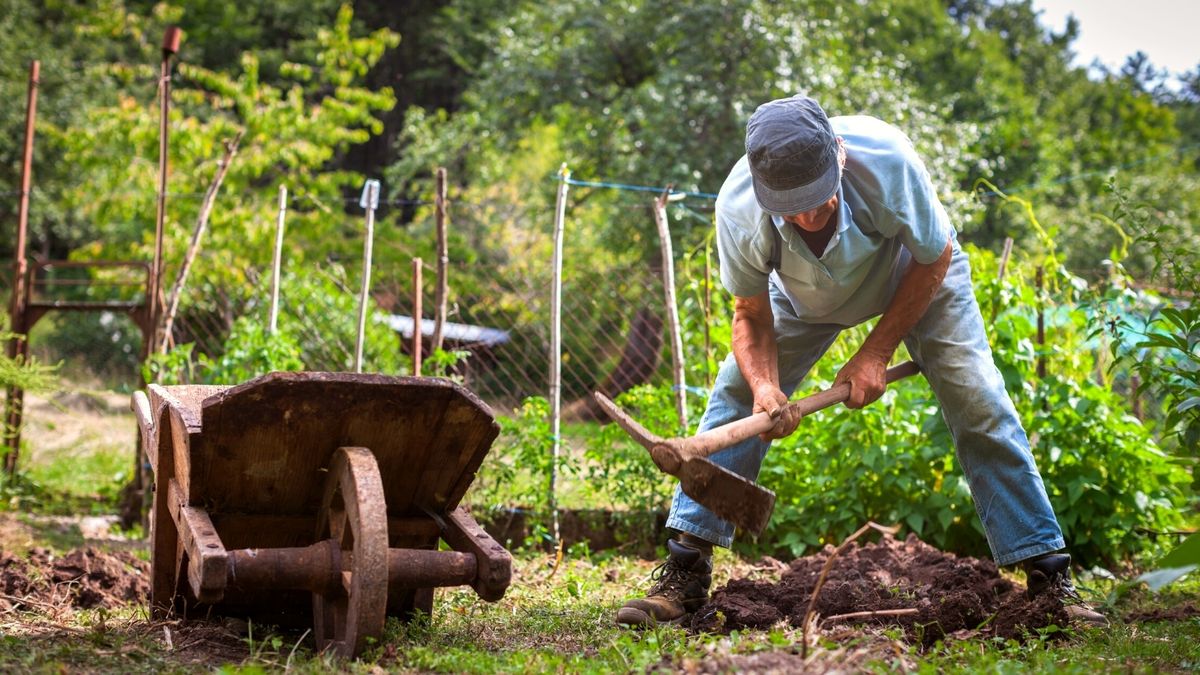

Ideas and Tips
Senior-Friendly Gardening: Raised Beds And Adaptive Tools
Published: October 28, 2024
Discover senior-friendly gardening tips with raised beds and adaptive tools to make gardening easier, safer, and more enjoyable for seniors.
(Many of the links in this article redirect to a specific reviewed product. Your purchase of these products through affiliate links helps to generate commission for Storables.com, at no extra cost. Learn more)
Gardening is a timeless hobby that offers numerous benefits, including physical activity, mental well-being, and a sense of accomplishment. However, as we age, the physical demands of gardening can become more challenging. For seniors, maintaining a garden can be a daunting task due to mobility issues, joint pain, and reduced strength. Fortunately, there are several adaptations and tools that can make gardening easier and more accessible for seniors.
The Importance of Gardening for Seniors
Gardening is not just a hobby; it is a therapeutic activity that can significantly improve the quality of life for seniors. Engaging in gardening offers several benefits:
- Physical Activity: Gardening involves physical movement, which is essential for maintaining muscle strength and flexibility.
- Mental Health: The act of nurturing plants can be calming and reduce stress levels.
- Cognitive Health: Gardening requires planning, organization, and problem-solving skills, which can help keep the mind active.
- Social Interaction: Gardening can be a social activity, providing opportunities for interaction with family, friends, or community members.
Despite these benefits, many seniors face challenges in maintaining their gardens due to physical limitations. This is where adaptive gardening tools and techniques come into play.
Read more: Why A Raised Garden Bed
Raised Garden Beds
One of the most effective ways to make gardening easier for seniors is by using raised garden beds. These elevated beds eliminate the need for bending or kneeling, reducing strain on the back and knees.
Benefits of Raised Garden Beds
- Ergonomic Height: Raised garden beds are designed to be waist-high or higher, allowing seniors to garden without having to bend down.
- Improved Drainage: Raised beds often have better drainage systems, which can help prevent waterlogged soil and root rot.
- Enhanced Aeration: The elevated structure of raised beds allows for better aeration of the soil, promoting healthy root growth.
- Accessibility: Raised beds can be designed with seating ledges or platforms, making it easier for seniors to sit while gardening.
Choosing the Right Raised Garden Bed
When selecting a raised garden bed, consider the following factors:
- Material: Look for durable materials like wood, metal, or composite materials that can withstand various weather conditions.
- Size: Choose a bed that is large enough to accommodate your plants but not so large that it becomes cumbersome.
- Height: Opt for a bed that is at least waist-high to ensure comfort while gardening.
- Capacity: Ensure the bed has a sufficient weight capacity to hold the soil and plants without collapsing.
Some popular options include:
- Elevated Raised Garden Bed: This type of bed is specifically designed with ergonomic height in mind, making it easier for seniors to plant, water, and harvest crops without straining their backs or knees.
- Wheelchair-Accessible Raised Garden: For those who use wheelchairs, there are raised gardens designed with accessibility in mind. These beds often have wide platforms or seating areas that allow easy access from a wheelchair.
Adaptive Gardening Tools
Adaptive gardening tools are specifically designed to meet the needs of seniors and individuals with disabilities. These tools can help reduce physical strain and make gardening tasks more manageable.
Ergonomic Hand Tools
Ergonomic hand tools are designed with comfort and ease of use in mind. They feature lightweight materials and comfortable grips, reducing the need for excessive bending and kneeling.
- Trowels and Pruners: Look for trowels and pruners with extended handles that reduce the need for bending.
- Weeding Tools: Tools like the Fiskars hand weeder are ideal for removing weeds without causing hand and wrist fatigue.
- Ratchet Pruning Shears: Ratchet pruning shears require less hand pressure to operate, making them easier to use for seniors with weak hands.
Adaptive Hose Nozzles
Watering is a crucial aspect of gardening, but managing a hose can be challenging for seniors with reduced strength. Adaptive hose nozzles with ergonomic handles and easy-to-use controls make watering a breeze.
- Adjustable Settings: These nozzles often come with adjustable settings, allowing seniors to control water pressure and flow with minimal effort.
- Ergonomic Handles: The handles are designed to fit comfortably in the hand, reducing strain on the wrist and arm.
Lightweight Garden Carts
Transporting tools, soil, and plants around the garden can be cumbersome for seniors with reduced strength. Lightweight garden carts with sturdy wheels make moving supplies convenient.
- Adjustable Height: Some carts have adjustable height settings to accommodate different users.
- Storage Space: Many carts come with storage space for tools and accessories, keeping everything organized and within reach.
Other Adaptive Gardening Techniques
Besides using raised garden beds and adaptive tools, there are several other techniques that can make gardening easier for seniors:
Container Gardening
Container gardening is an excellent option for seniors who want to garden without having to dig or weed large plots of land. Containers can be placed on tables, patios, or balconies, making them accessible for those with limited mobility.
- Good Drainage: Opt for containers with good drainage to prevent waterlogged soil.
- Self-Watering Containers: Self-watering containers can reduce the need for frequent watering, making maintenance easier.
Accessible Pathways
Ensuring that garden pathways are safe and accessible is important for senior gardeners. Wide, level paths made from materials like gravel, brick, or paving stones can prevent trips and falls.
- Handrails and Seating: Adding handrails along pathways and incorporating seating areas throughout the garden can provide additional support and rest opportunities.
Vertical Gardening
Vertical gardening is an innovative way to maximize space and reduce the need for bending or kneeling. By growing plants vertically on trellises, walls, or vertical planters, seniors can easily tend to their gardens.
- Sturdy Support Structure: Choose a sturdy support structure that can hold the weight of the plants and any additional accessories.
- Plant Selection: Select plants that thrive in vertical environments, such as climbing vegetables, herbs, and flowers.
Time-Saving Gardening Techniques
Implementing time-saving gardening techniques can also make gardening more enjoyable for seniors:
Plant Perennials
Planting perennials that come back every year can reduce the need for frequent planting and maintenance.
Use Plant Caddies
Using plant caddies allows seniors to easily move containers around without lifting them.
Buy Gardening Tools That Are Extendable
Extendable gardening tools reduce the need for excessive bending and kneeling.
Use a Rolling Garden Cart
A rolling garden cart with a seat can provide mobility support while gardening.
Read more: What Is A Raised Garden Bed
Conclusion
Gardening is a rewarding hobby that offers numerous benefits for seniors. By incorporating raised garden beds and adaptive tools into their gardening routine, seniors can enjoy the therapeutic benefits of gardening while minimizing physical strain. Whether it's using ergonomic hand tools, adaptive hose nozzles, or lightweight garden carts, there are many solutions available to make gardening easier and more accessible for everyone. With these adaptations and techniques in mind, seniors can continue to nurture their gardens with ease and enjoyment.
Additional Resources
For those interested in learning more about senior-friendly gardening tools and techniques, here are some additional resources:
- Cozy Little House: This website offers a comprehensive guide to adaptive garden tools for disabled gardeners, including extendable reach hand tools and wheelchair-accessible raised gardens.
- Mountain Side of Warm Springs: This resource provides an in-depth guide to senior gardening tools, including ergonomic hand tools, raised garden beds, and garden kneelers.
- Food Gardening: This website offers a list of gardening tools specifically designed for seniors, such as claw gloves and rolling gardening chair carts.
- Age Fearless Academy: This ultimate guide to adaptive gardening for seniors covers various techniques and tools to make gardening easier and more enjoyable.
- Morada Senior Living: This blog provides 10 ways to make gardening easier and more accessible for seniors, including raised garden beds, lightweight tools, and accessible pathways.
By leveraging these resources and incorporating the tips outlined above into their gardening routine, seniors can create a beautiful and functional garden that brings joy and fulfillment to their lives.
Was this page helpful?
At Storables.com, we guarantee accurate and reliable information. Our content, validated by Expert Board Contributors, is crafted following stringent Editorial Policies. We're committed to providing you with well-researched, expert-backed insights for all your informational needs.
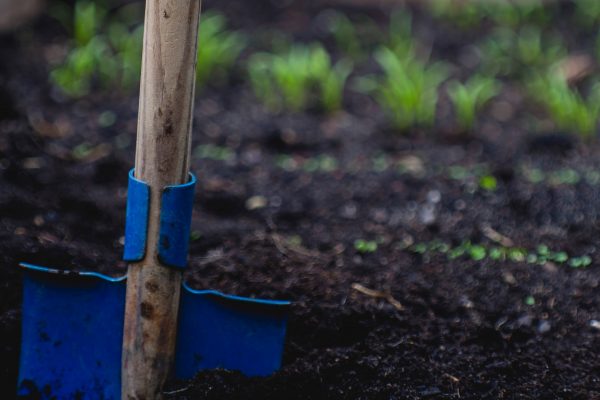

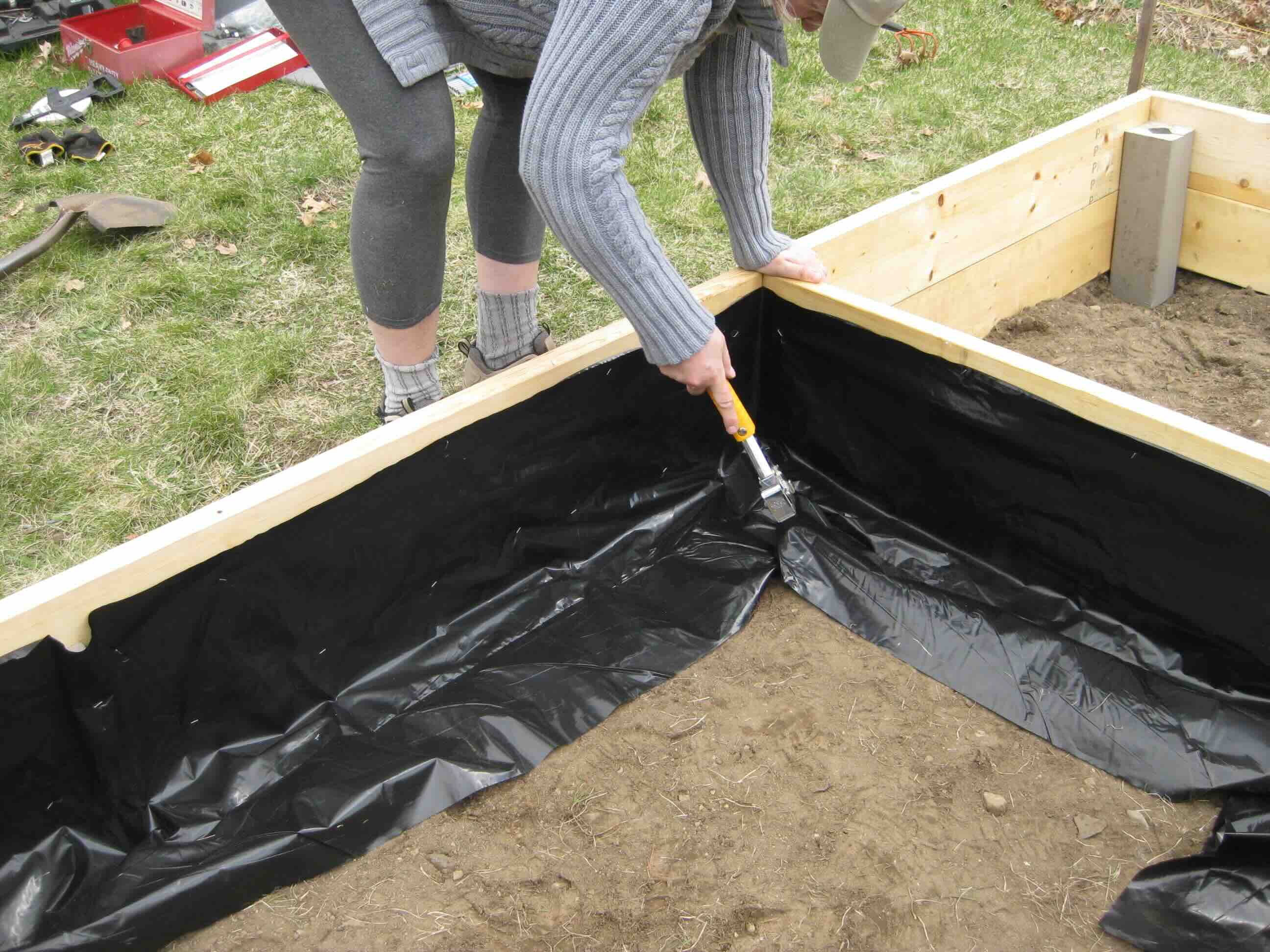
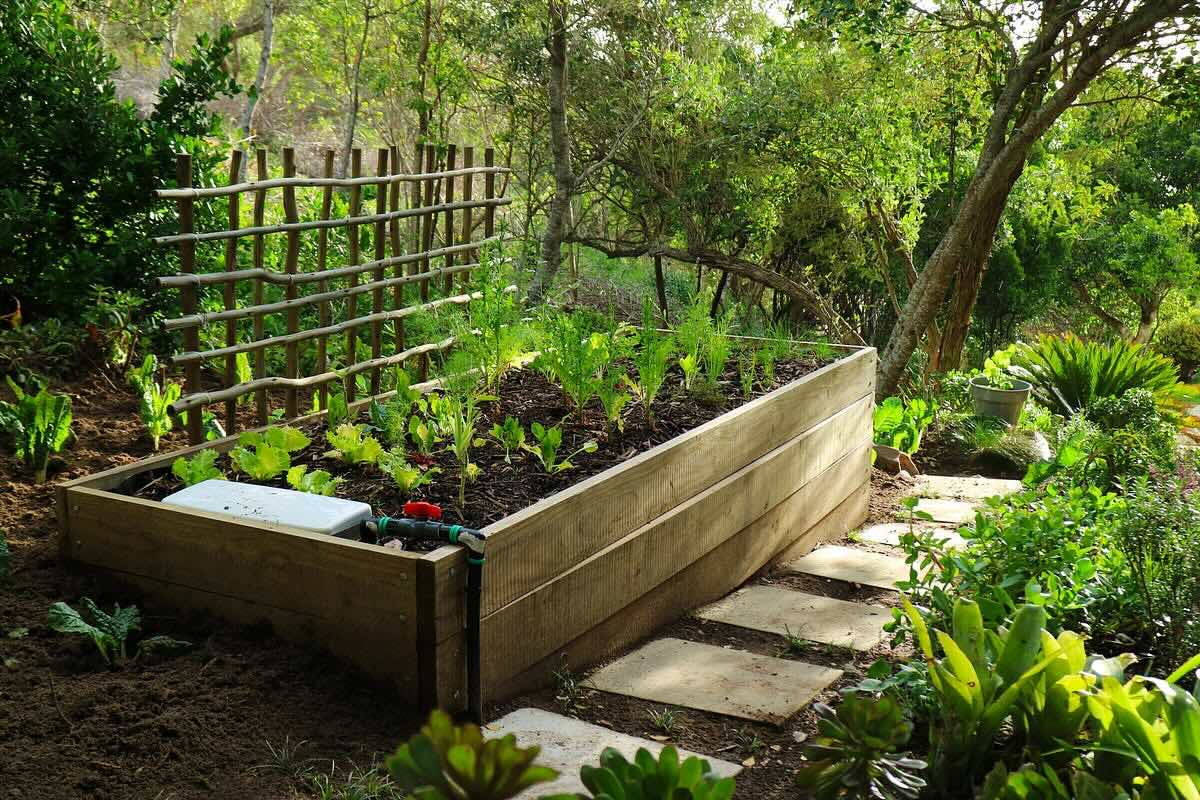
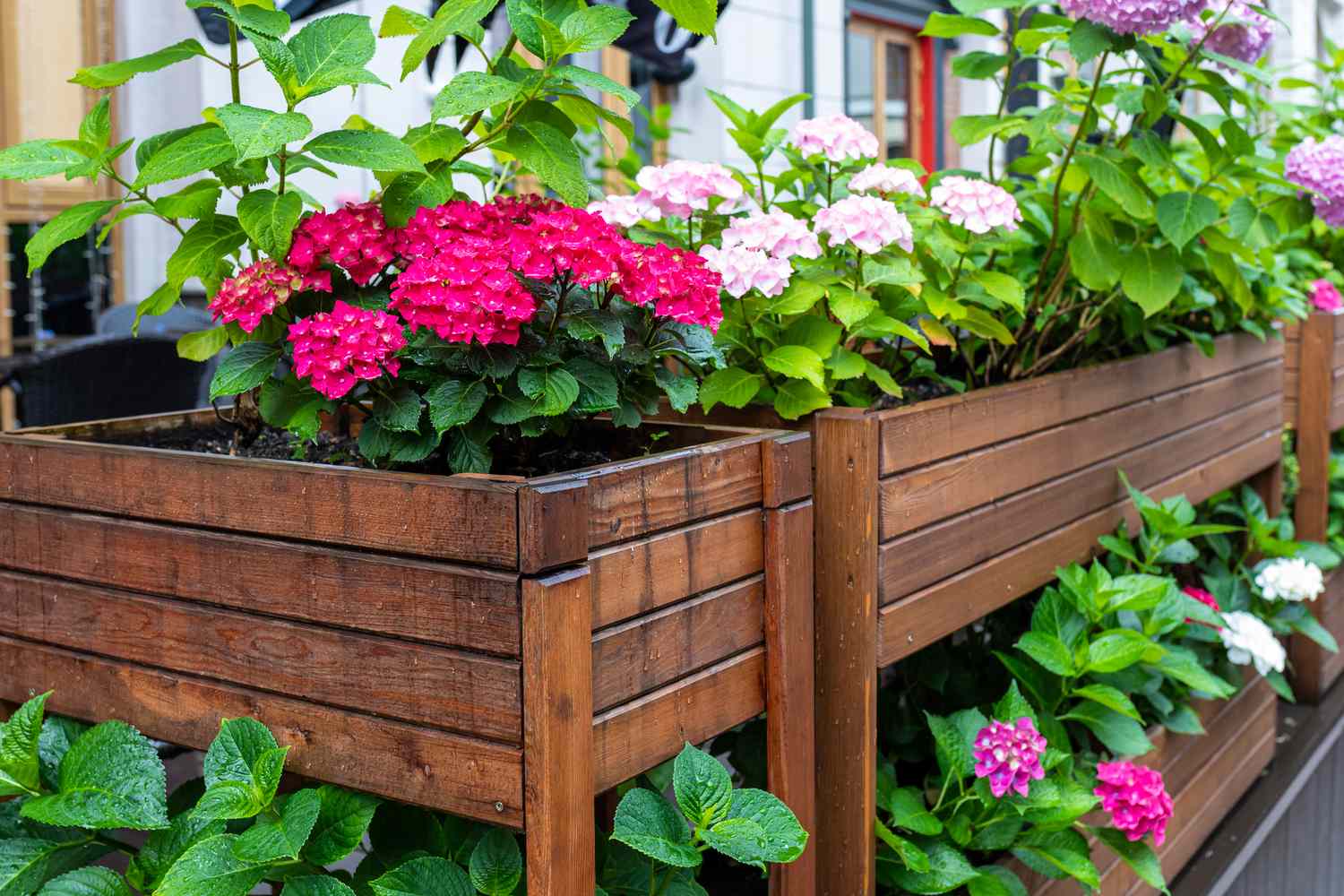
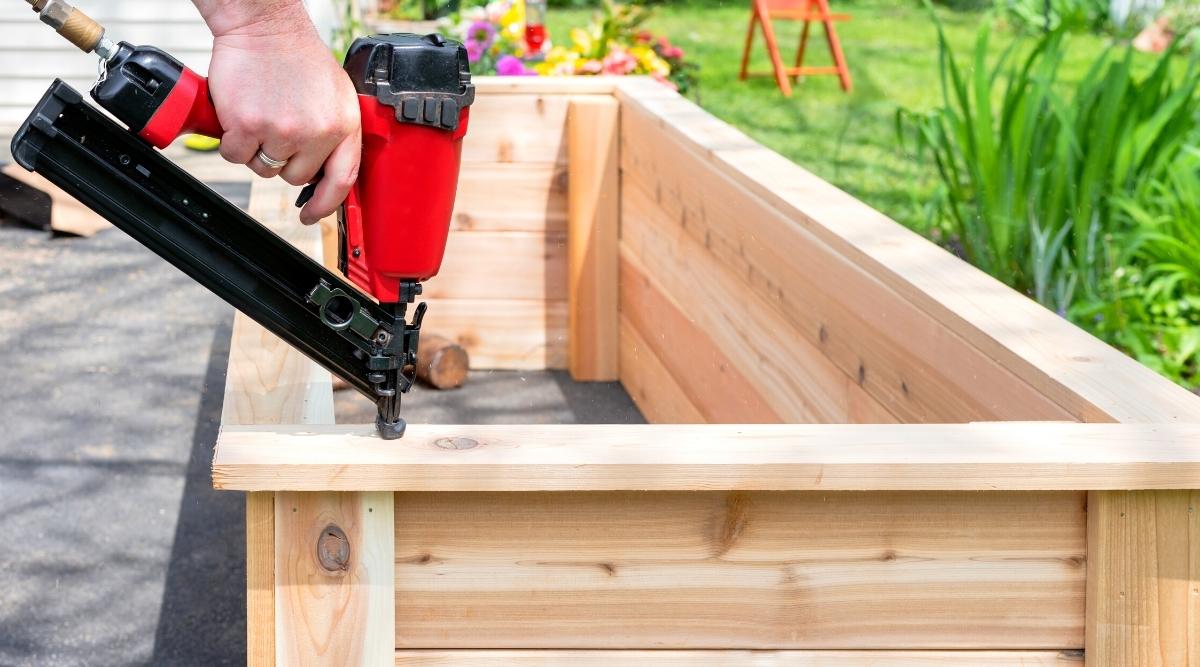
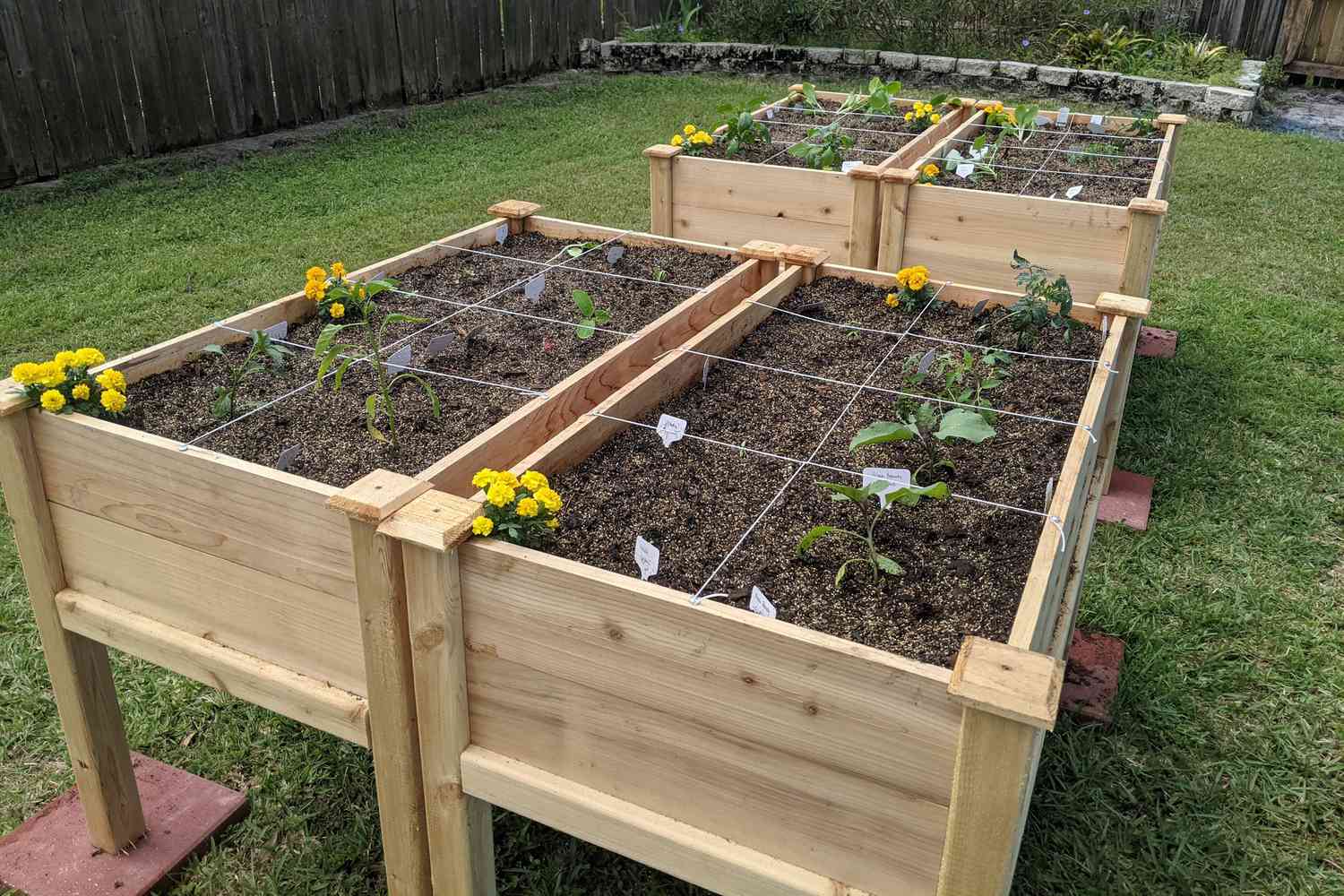
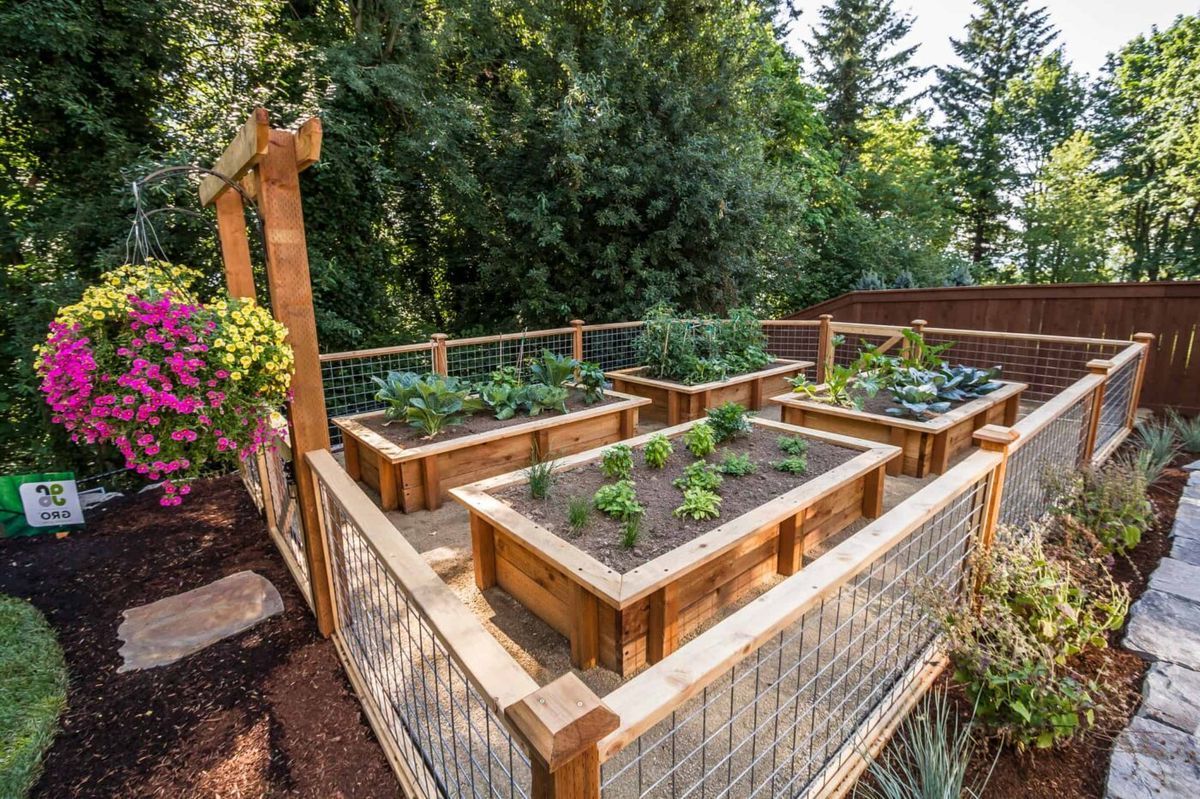
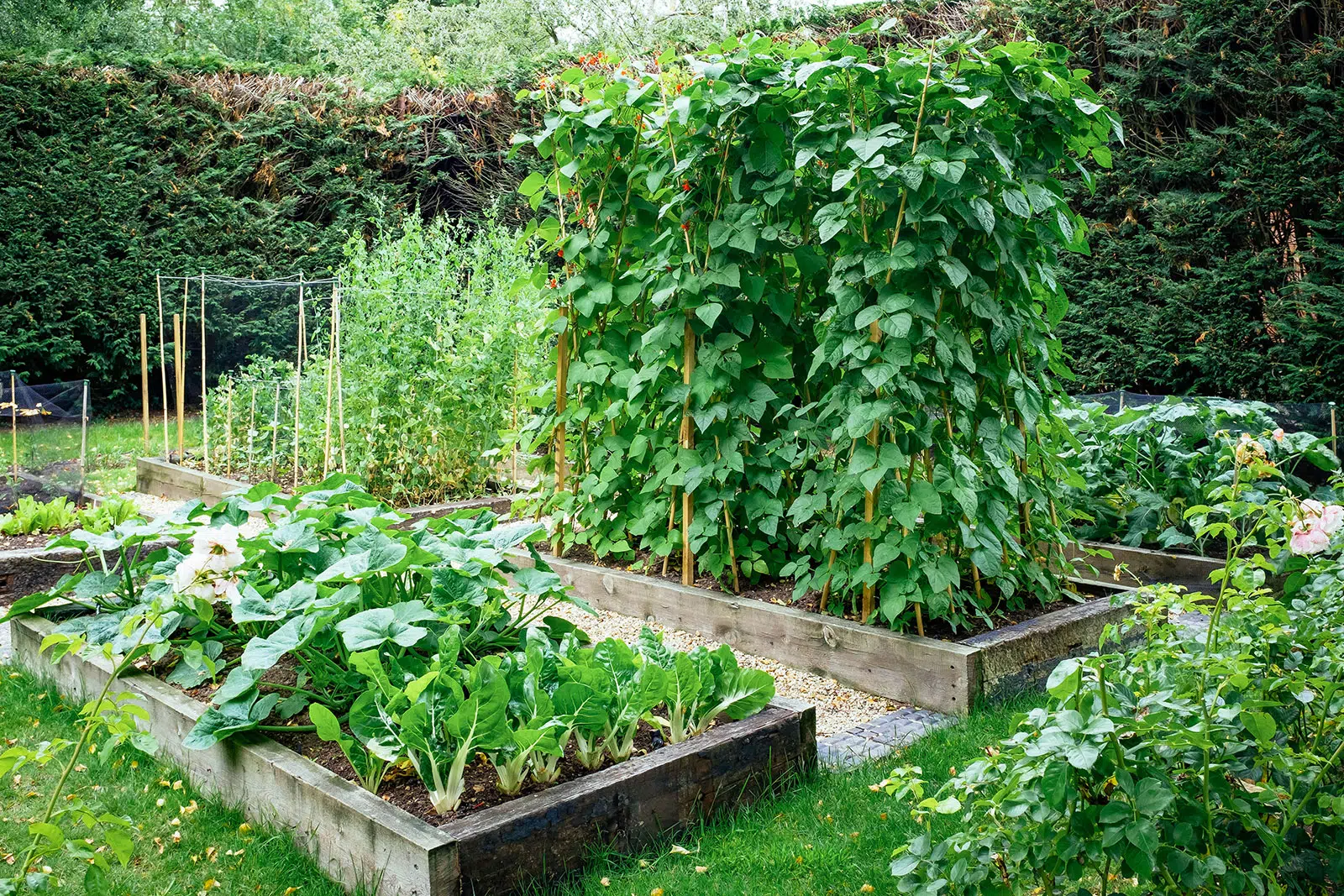
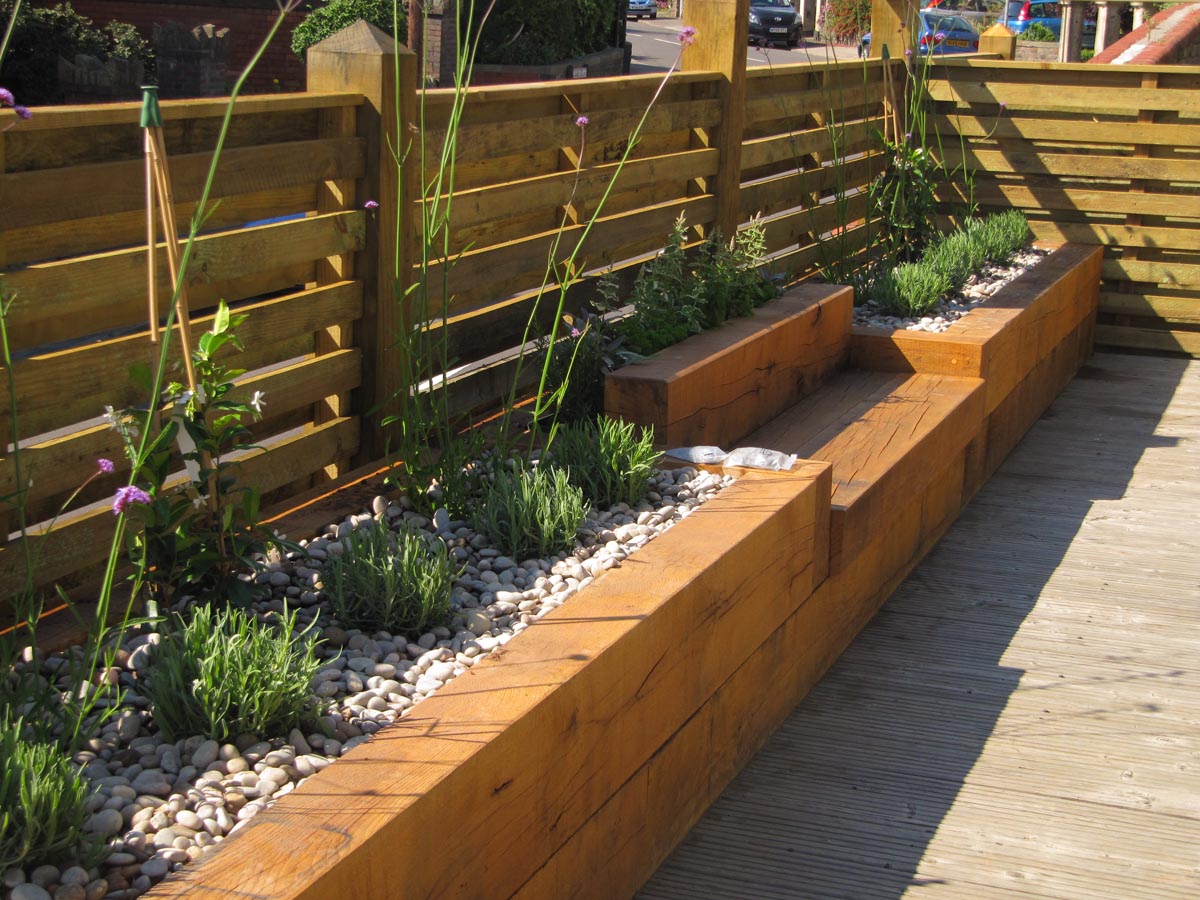
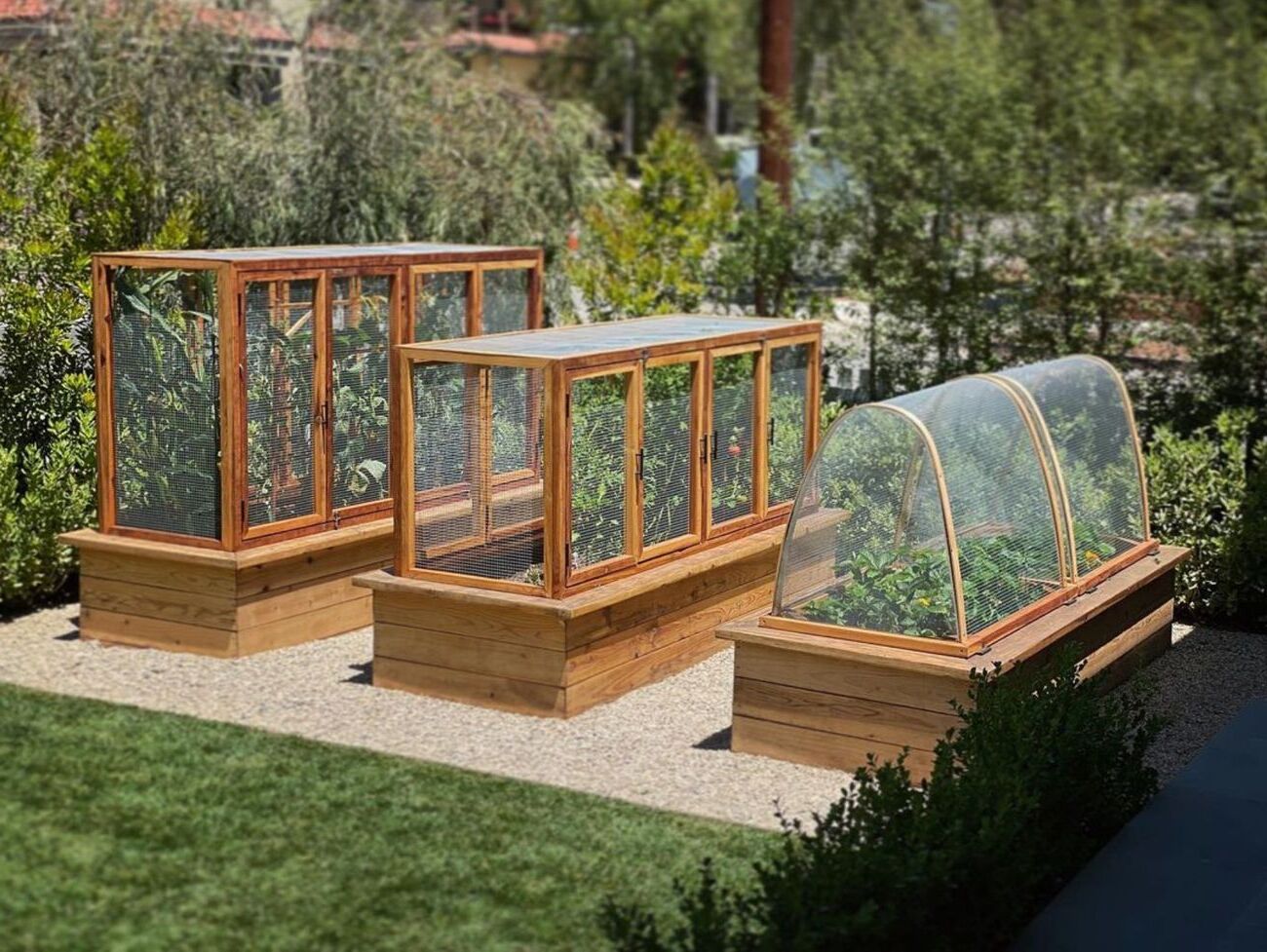
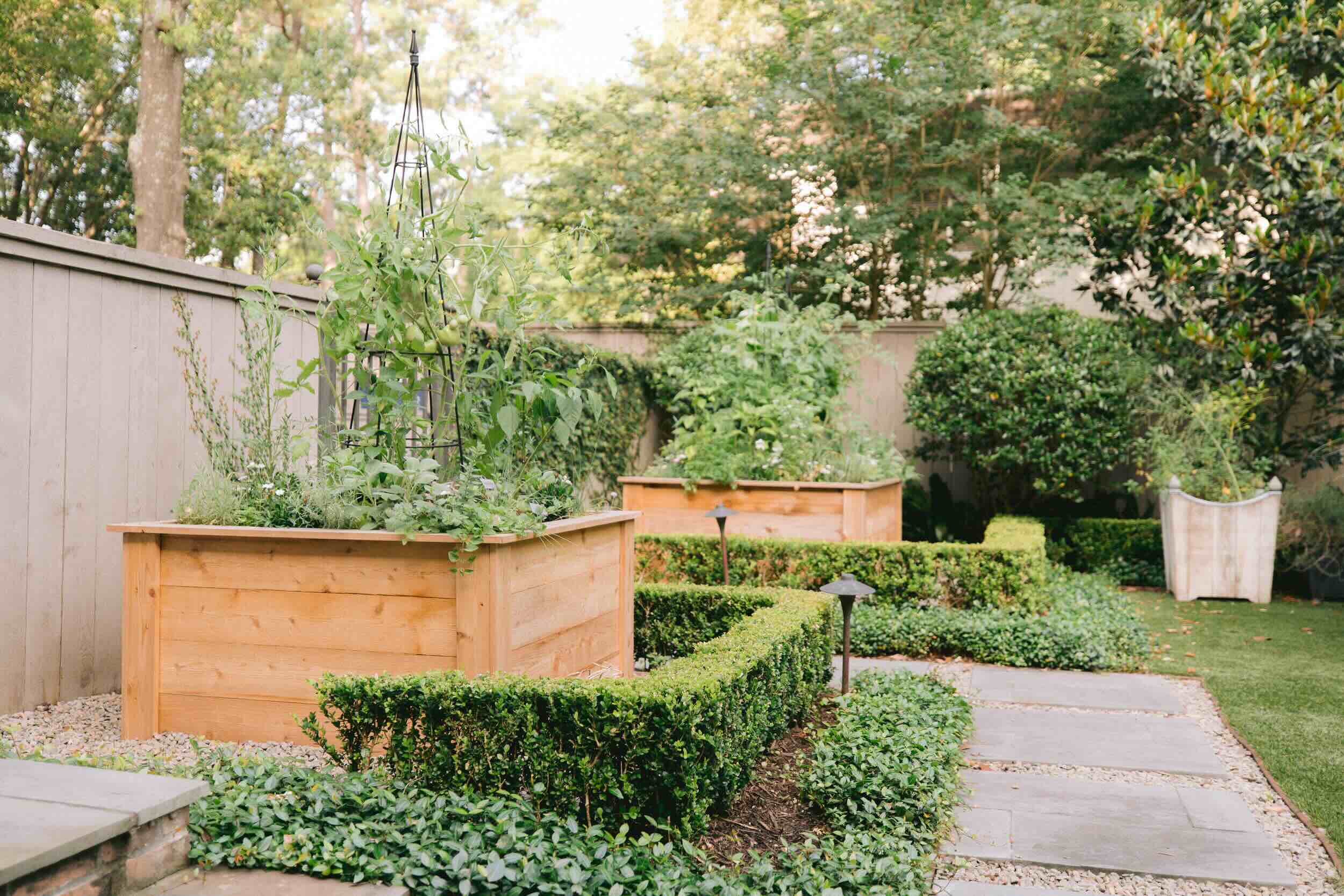
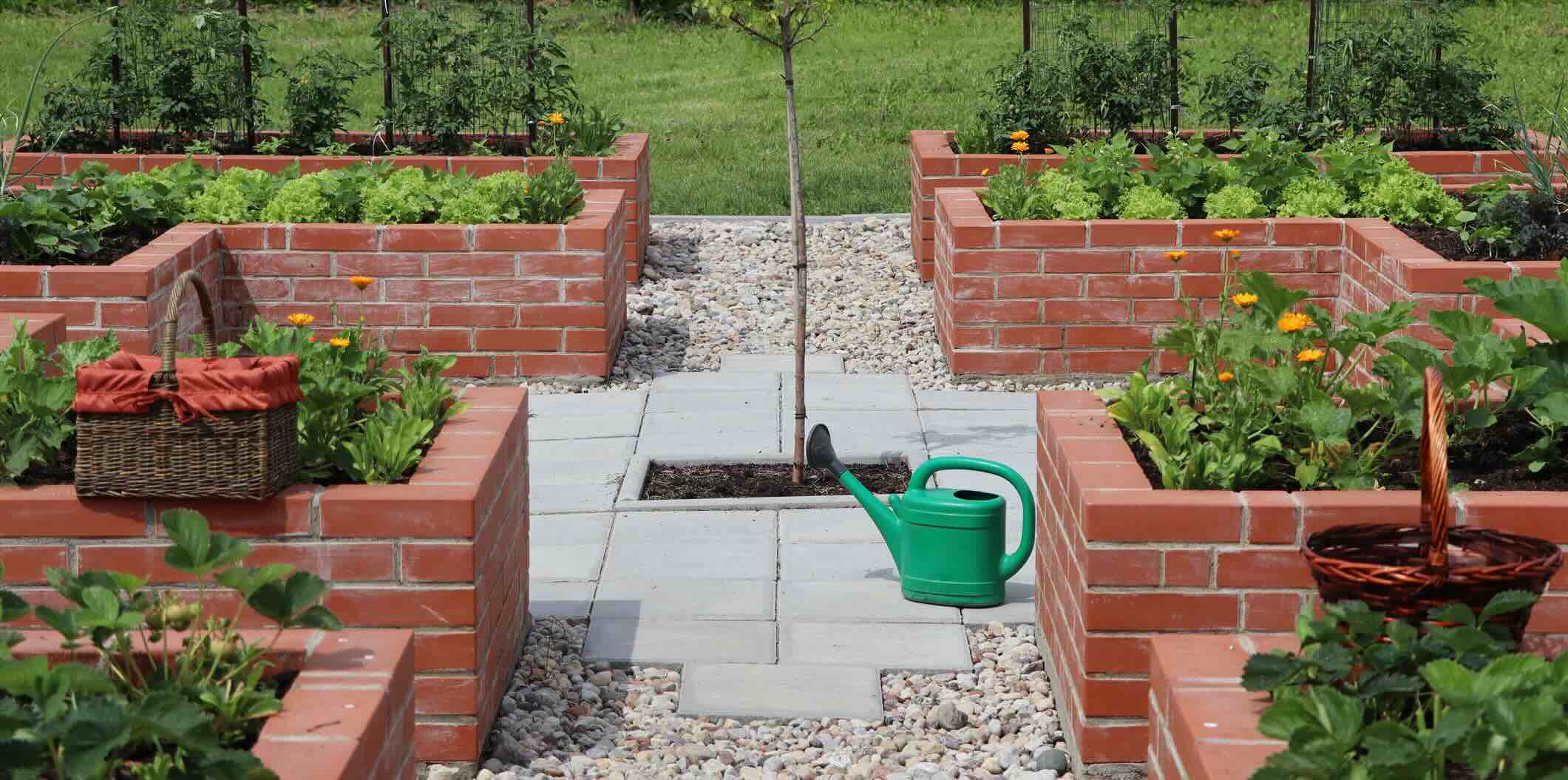
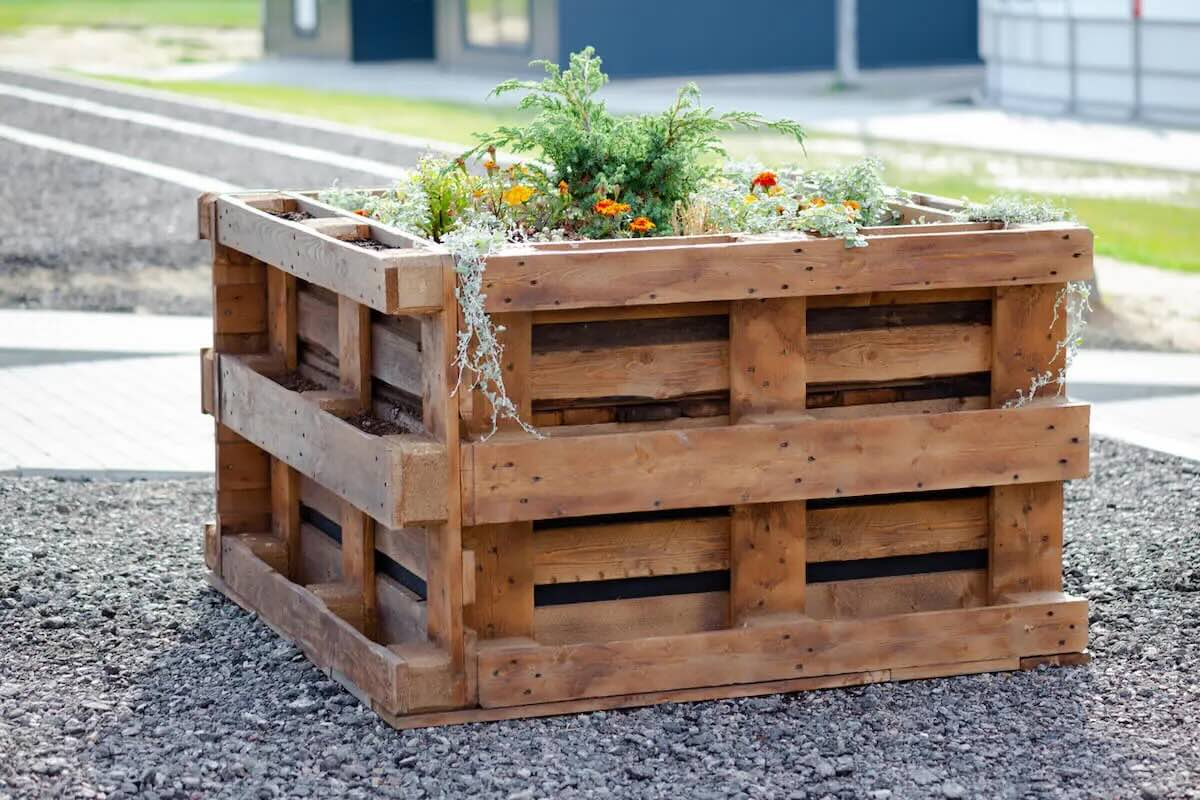

0 thoughts on “Senior-Friendly Gardening: Raised Beds And Adaptive Tools”